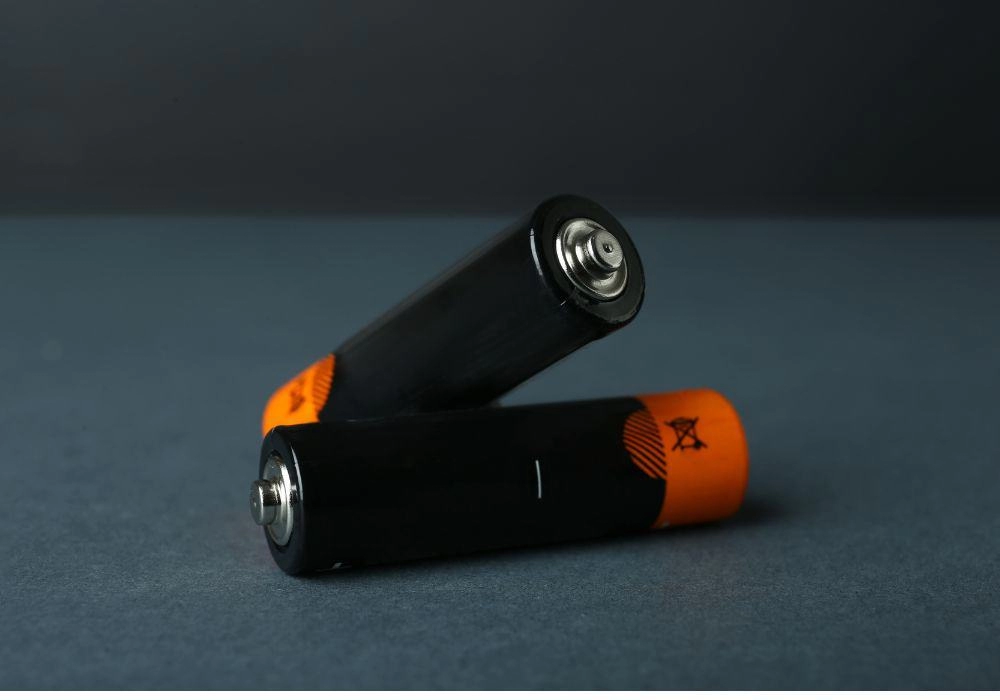When selecting a battery, you may come across the statement “the higher the amps, the better.” While this sounds simple, it raises several important questions. What does it mean for your devices? How does it affect their performance? In this article, we will explore the concept of amps, their relationship to battery performance, and whether higher amps are truly more beneficial. By the end, you’ll be equipped to make informed battery choices tailored to your needs.
Part 1: What are Amps?
To understand battery performance, it is essential to first grasp the concept of amperes (A, the unit of electric current). Amps measure the flow of electric current within a circuit. You can think of amps as the amount of water flowing through a pipe, with higher amps representing a stronger current. A higher amp flow indicates the battery’s capacity to deliver more power, thus enhancing device performance.
Part 2: What are Amps Related To?
Amps are related to several key battery parameters:
- Voltage: Voltage (V) represents electrical potential difference, while amps measure the rate of current flow. Together, they determine the wattage (W), which is the total power output.
- Capacity: Typically measured in amp-hours (Ah), capacity indicates how long a battery can provide a specific current. For example, a 10Ah battery can deliver 1 amp of current for 10 hours.
- Internal Resistance: Internal resistance within the battery and its circuits affects the amount of current that can flow. High resistance limits the current, reducing performance.
Understanding these relationships is crucial for assessing whether a battery is suitable for various devices and applications.
Watt Hours to Amp Hours (Wh to Ah) Conversion
Part 3: How Do Amps Affect Battery Performance?
Amps affect several aspects of battery performance:
-
Power Output
Higher amps generally mean better power output. Devices requiring rapid energy bursts, like power tools or electric vehicles, benefit from higher amp-rated batteries. For instance, a drill powered by a high-amp battery can handle tough materials more efficiently. -
Device Compatibility
Not all devices are equipped to handle high-amp batteries. If you connect a battery with a higher amp rating than the device is designed for, the excess current could damage its internal components. Therefore, understanding your device’s amperage requirements is crucial for optimal performance. -
Heat Generation
High amps can generate more heat, which can degrade battery performance and shorten its lifespan. For example, batteries used in high-drain devices may overheat if not properly managed, leading to premature failure.
Part 4: Are Higher Amperage Batteries Always Better?
While higher amperage might seem universally beneficial, this is not always true. The ideal amp rating depends on the application:
-
High-Demand Devices
For power tools and high-performance electronics, higher amps can lead to better performance. These devices require significant power to function optimally, necessitating higher amp ratings. -
Low-Demand Devices
For everyday items like remote controls or simple flashlights, using a battery with an excessively high amperage can be inefficient and generate unnecessary heat.
Part 5: What Happens if I Use a Battery with Higher Amps in My Device?
Using a battery with a higher amperage than your device requires can result in several outcomes:
Potential Benefits:
- Improved Performance: If the device can handle the higher current, you might notice enhanced performance and faster operation.
Risks:
- Overheating: Excess current can cause overheating, especially in devices not designed for high power. This can shorten battery life and cause damage over time.
- Damage: Sensitive internal components may not withstand the increased current, leading to malfunction or complete failure.
- Reduced Lifespan: Consistently using a battery with a higher amperage than necessary can stress the device. This can reduce the lifespan of both the battery and the device.
By considering amperage, voltage, and other key factors, you can make more informed decisions when choosing the right battery for your devices, ensuring performance and longevity. For a comprehensive guide on lithium batteries, check out our Comprehensive Buying Guide for Lithium Battery Solutions.
Ultimately, selecting the right battery involves balancing amperage, voltage, and device requirements for optimal performance and longevity.
Part 6: What Happens If I Use a Lower Amp Battery in My Device?
Using a battery with a lower amperage can lead to several issues:
Performance Issues
- Reduced Performance: The device may not be able to perform to its full potential, resulting in slow performance or failure to turn on.
- Voltage Drop: If the battery cannot provide the required amperage, it may cause a voltage drop, which can lead to device malfunctions.
Potential Damage
- Strain: Prolonged use of a lower amperage battery may put unnecessary strain on your device, potentially leading to long-term damage.
Part 7: What Amp Battery Should I Use?
Choosing the right battery amperage requires understanding your device’s parameters:
- Check Manufacturer Specifications: The easiest way to determine the correct amperage is to refer to the device manual or consult the manufacturer’s website.
- Assess Usage: If you are using your device in high-power applications (e.g., power tools), choosing a battery with a higher amperage is advisable.
- Consult an Expert: If you are unsure, seek advice from professionals in the relevant field, or participate in online communities that specialize in your device type.
Part 8: How to Calculate Battery Amperage?
Calculating the required battery amperage is straightforward using the following formula:
What is a Battery Array?
A battery array refers to interconnected batteries that work together to provide stable and reliable power. This article will explore different types of battery arrays, their advantages, and key applications.
Growth Trends in the Flexible Thin-Film and Printed Battery Market
The flexible thin-film and printed battery market is experiencing rapid growth and innovation. This article will explore the latest developments, challenges, and future of the industry.








